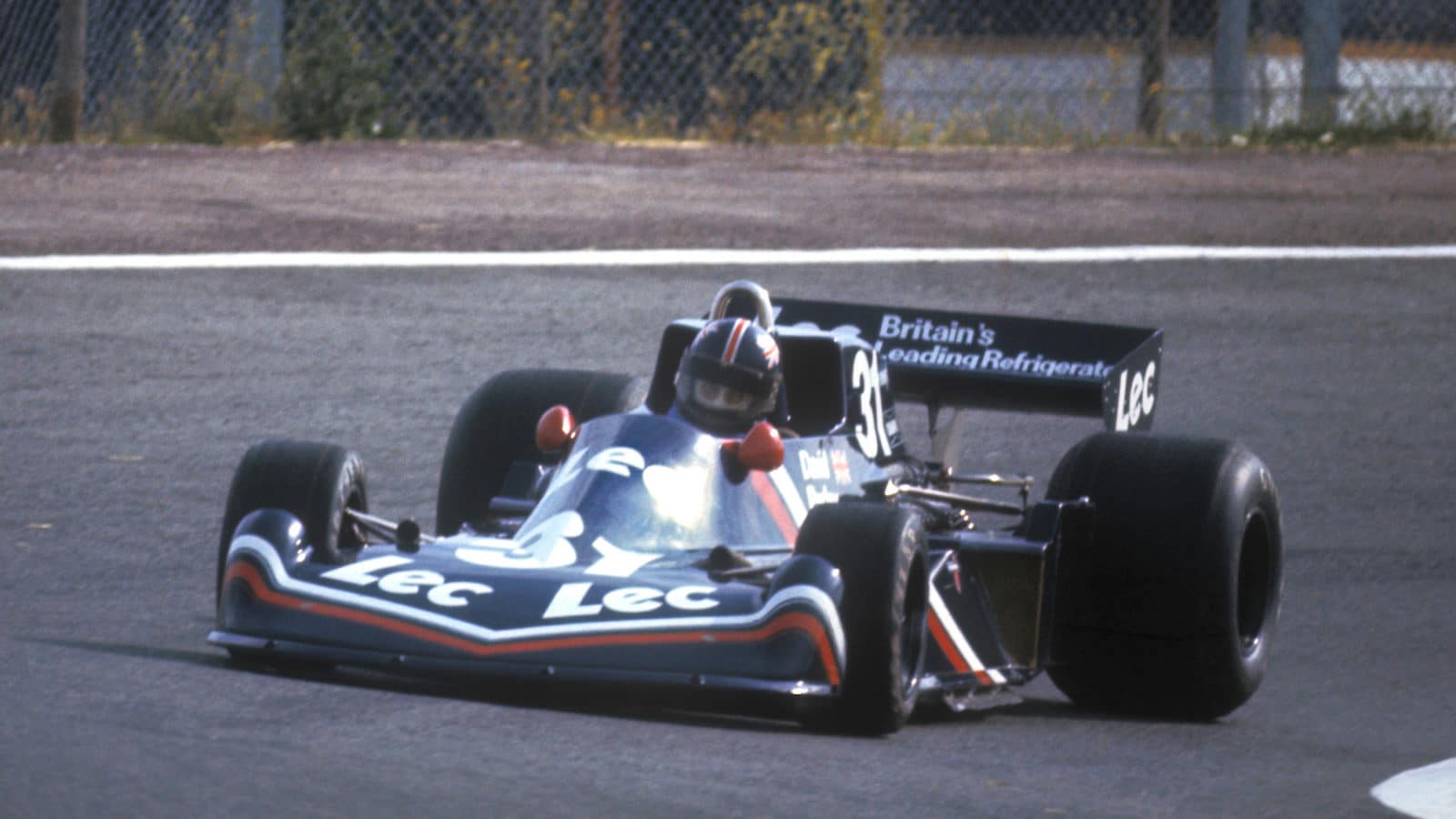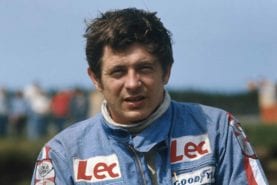Originally, Pilbeam set to work on an F5000 design and was just starting to worry whether the project was going ahead at all, when Purley contacted him: “Suddenly David came along and said, ‘I’ve got a little bit of finance and we’re going to do Formula One.’ So the F5000 car became an F1 car and was fairly – completely – different.”
With Pilbeam based in Lincolnshire and Lec down in Bognor Regis, there were a few logistical problems, Mike remembers: “The drawings went mainly by post. On odd occasions, when there was a bit of a panic on, David would come up in his plane and fetch me down there.”
Pilbeam is harsh on himself when he describes the Lec thus: “It was okay. No worse than most of them that were around.
“It was relatively conventional because I knew the circumstances in which it was being made. Basically, it was built by a bunch of guys the majority of whom had come straight out of the Lec fridge factory. They did extremely well. The team running it [led by Mike Earle] were motor racing people, but the people building it were just good fabricators and machinists and so on.”
The CRP1 (CRP were Purley’s supportive father’s initials) made its debut at the Race of Champions, where it finished an encouraging sixth. Then it was off to Spain for the first European grand prix of the year. Various problems meant it was one of six cars that didn’t qualify, though a lap from the untimed session would have got it in.
The journey back, as described by Pilbeam, gives a vivid picture of life with Purley: “There were four of us in his little four-seater aeroplane and a fuel pipe broke. We had to stay the night at Biarritz while a mechanic brazed it up. David said it would be okay.
“Almost as soon as we were in the air it broke again, so not only was it only running on four or five cylinders, it was also using fuel at a frightening rate. We ended up crossing the Channel at about 50 feet, looking at all the ships, trying to decide which one we’d swim for. David thought it was a great joke, made his weekend, really. He liked to be on the edge with everything.”


